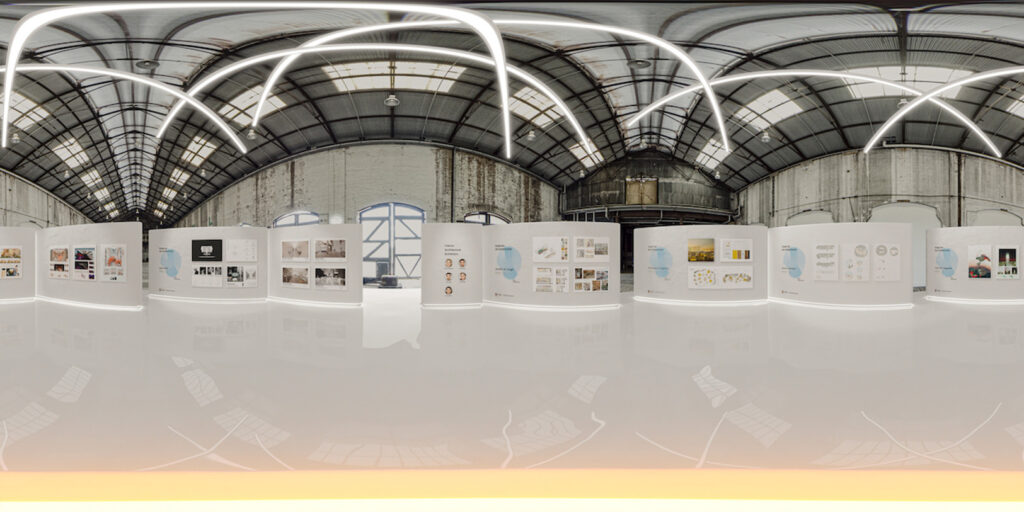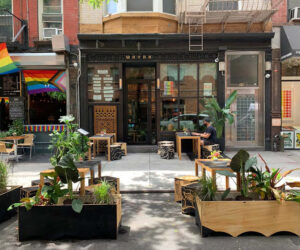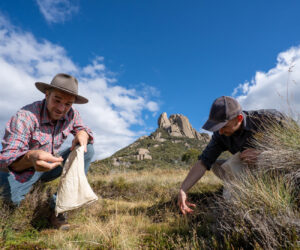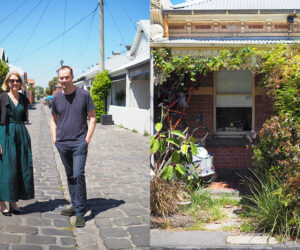Virtual tour takes UNSW exhibition 360 degrees, around the world
The Luminocity exhibition showcases the UNSW Built Environment design experience from humble beginnings to the global stage.
A team at UNSW are developing a virtual 360-degree tour that blends reality to reimagine iconic locations around the world. It’s unlike anything you’ve seen before and will be one of the most exciting Open Day experiences this year, says exhibition co-curator Rina Bernabei.
“When people hear the words virtual exhibition, they might have quite a stagnant idea of what that is. But Luminocity is not just an online exhibition or a regular virtual tour; it is a truly immersive experience,” the industrial designer from UNSW Built Environment says.
The virtual tour takes the visitor on an exploration of the design journey, beginning at the Red Centre Gallery at UNSW, before branching out to different locations across Sydney and the world where student projects from across all UNSW Built Environment degrees solve urban challenges, from the room to the region.
“What we show is that from this one building on campus, our ideas and our students launch all over the world to have global impact, and we’re taking you on that tour,” she says.
“So you might be on the top of a skyscraper in the middle of the city, then you might be out on an amazing parkland. So you’re going to all these amazing different environments, and you really get an understanding of the scale and the impact of these projects in-situation.”
Ms Bernabei is working night and day, alongside co-curator Dr Russell Lowe, and VR developer and UNSW graduate James Hargrave, to bring the experience to life using the latest in virtual reality technology.
Dr Lowe, architect and computational designer, describes the exhibition itself as mixed reality. It uses advanced imaging and sensory technology to blend created virtual components with real-life elements to deliver an enhanced sensory experience.
“There are so many possibilities when it comes to mixed reality to do things that we could only imagine previously. You have one foot in the real world, and one foot in the imagined, but it is something that is going to open up a much broader and rich experience of life you control with your own hands.”
He says COVID-19 is accelerating the timeline for virtual technologies and the need for virtual exhibitions, but that people will quickly realise the benefits.
“You’re able to do so many things without constraints, such as time, location, weather, or cost,” he says. “For us, it’s hard for a physical exhibition to compete, and I can’t see us going back, when we can have Luminocity every day and open it up to a much wider audience.”
Ms Bernabei says the range of student projects themselves have also been brought to life in this digital experience and enriched in new ways.
“Not only can you look at the models like an actual exhibition, but you can really interact with them, you can manoeuvre around the models from all angles, you can watch videos that explore the design process and much more,” she says.
“But I think perhaps the best aspect is that you’ll meet and get to know the talented students behind the work, and hear them speak about their projects and their experience in their own words.”
Dr Lowe says he hopes the exhibition will capture the imagination of future students.
“We want students to come to this exhibition, and not only see the fantastic work our students do, but see what UNSW is all about – leading the world in innovation like virtual reality and mixed reality, and making the best of situations,” he says.
Register for UNSW Open Day to enter the Luminocity exhibition on Saturday 5 September. UNSW Built Environment community and general public are invited to view the exhibition from Monday 7 September via the UNSW Built Environment website.



